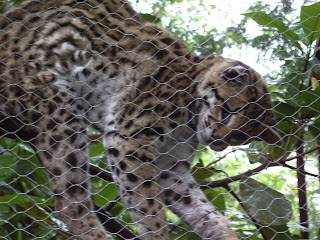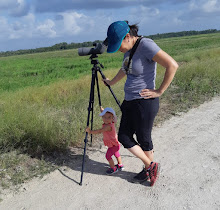Packing is challenging, especially in the wet season. I brought along lots of large ziploc freezer bags to keep my clothes dry. I heard from a friend who had been there previously that his clothes went moldy hanging in his closet just from the humidity alone. If your clothes get very humid and sweaty, you will most likely find grasshoppers and moths feeding on them.
If there is one bug-friendly item you bring its calamine lotion. The first few days of surviving in a biting insect paradise was fine, but the sand fly bites start to really itch after a few days, and we were calamine lotion-less.
I used a headlamp and it was my best friend at night, I wouldn't leave to go anywhere without it. Handheld flashlights are alright, but headlamps free up your hands. Just remember extra batteries.
Cold-water showers feel great after a hot day in the jungle, so do not be deterred if a place you are looking to stay at has only cold water showers.
We wore rubber boots the entire time. They had a supply at the station so we didn't even need to bring our own if we didn't want to or were limited for space. It rains a lot in the wet season, so they are the best thing for keeping your feet dry (unless you get stuck in a torrential downpour or are wading chest-deep in a swamp).
Watch out for peccaries. They are a jungle pig that travels in groups from 1o to over 100 individuals. They can be quite intimidating (or I thougth so anyways) and White-lipped Peccaries (the larger ones) are known to charge at people. I didn't want to find out what would happen if they caught up to you. Basically the only way to get away from them is to get above the ground about a metre. This is often difficult to do wearing rubber boots.
Regardless of whether you are birder or nature enthusiast or not, I suggest bringing binoculars. There are so many opportunities to see some great animals and plants, and you'll be kicking yourself if you don't bring any.
Watch out for caterpillars. I found a fluffy caterpillar in my room one day, so I moved it out to the main platform. The next day it was still there, and I accidentally stepped on it, which filled my big toe with hundreds of tiny stings that took a while to subside. Caterpillars are not your friends.
I'm sure there's more but I'm going to leave it at that for now. I will update again when I think of more! Hope this information is useful if you ever consider going to the amazon.















